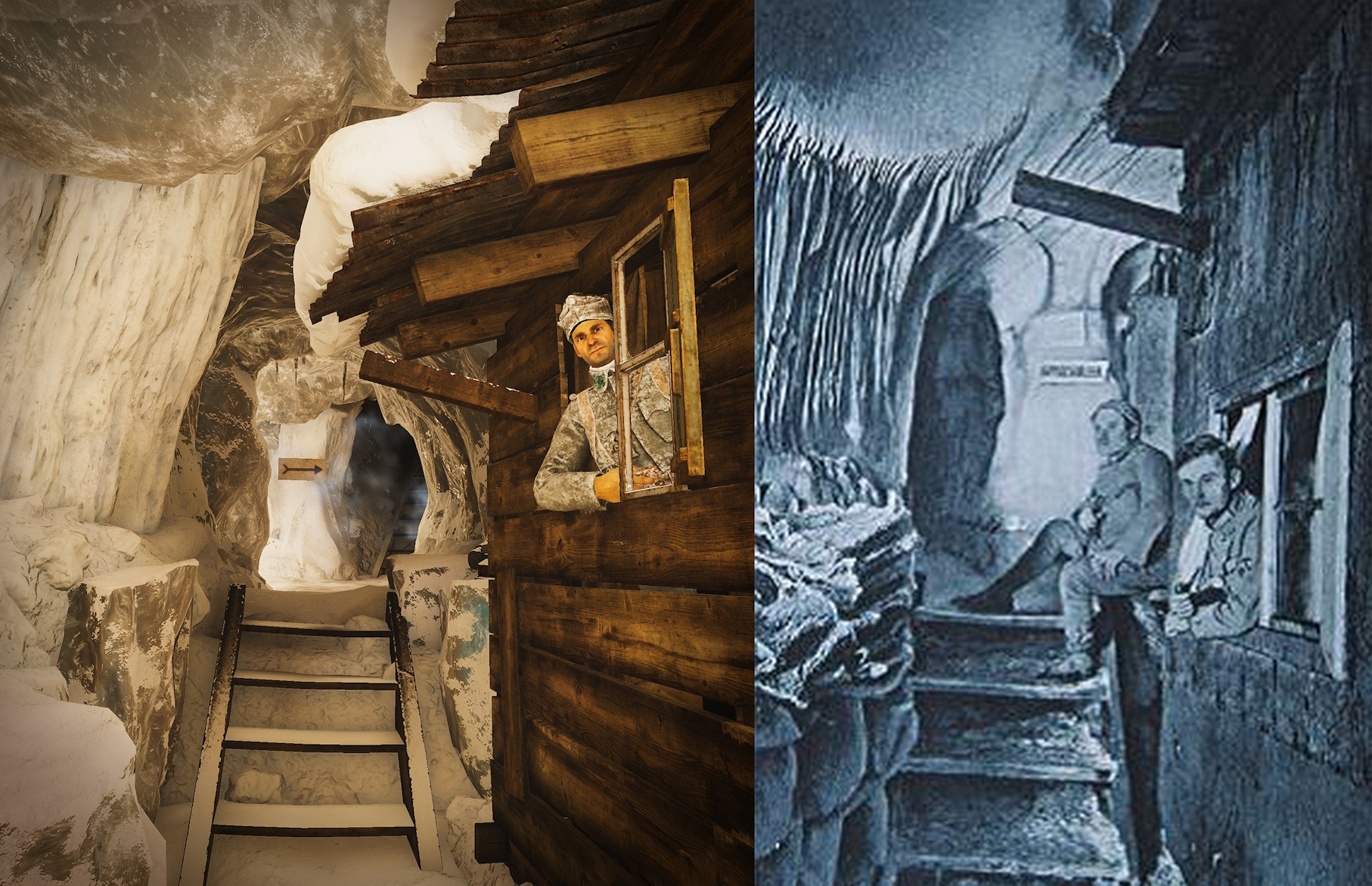The team is hard at work on the new special game mode right now, and we’re hoping to share more about it with you as soon as possible! Alongside that release will be some new weapons and a new cosmetic DLC pack – and we do have a teaser about that. Of course, all our cosmetic DLCs use real uniforms and equipment which we strive to reproduce accurately, the same as our weaponry and battlefields – but how do you properly recreate a setting from more than 100 years ago?
We’ve talked before about how we use references and try to walk the line between making realistic content which is also fun to play – for instance our second ever Isonzo Dev Blog from before the game was even released!

Here’s a comparison image from our blog about the creation of the Gorizia map. Things like trenches, barbed wire, and constructions like those seen here might seem less exciting than big-ticket items like the train station that serves as an objective… but they’re much more common and getting them right is vital to establishing an authentic atmosphere.
When it comes to getting the lay of the land, photographs are helpful but usually not enough. Especially with the rough terrain in Isonzo, even a series of photographs is unlikely to capture every ditch and rocky ridge, or clearly identify what’s a safe mountainside path versus a mere goat trail.

And here’s the aforementioned train station alongside a reference photo. You can see there have been some adjustments made to the in-game version to support better gameplay (e.g. trains and wagons provide cover along with added visual interest, and the station isn’t quite so long.
Luckily we can often find trench maps from the exact battles we’re working with! It’s also possible to use modern satellite imagery… but you have to be careful, because places change over time, sometimes much more than you might think. For instance, the GIF below shows just such a change in the landscape.
Distinguished Firearms
We never went in-depth on the blog about the new weapons released in the free White War update – time to remedy that for anyone who doesn’t follow our social media.
Gewehr 71/84
The Mauser name will be familiar to most people with an interest in WW1 or WW2 history, or weaponry in general. Renowned as accurate and reliable, Mauser rifles are still popular with hunters and collectors today. And it all started with the Gewehr 71 (or Mauser Model 1871), a bolt-action rifle adopted by (most of) the German Empire in 1871.
In Isonzo you won’t find that original single-shot Mauser, but instead the updated 1884 version which incorporated an 8 round tubular magazine (an integrated magazine where the bullets are inserted one by one and sit end-to-end in a kind of tube, hence the name).
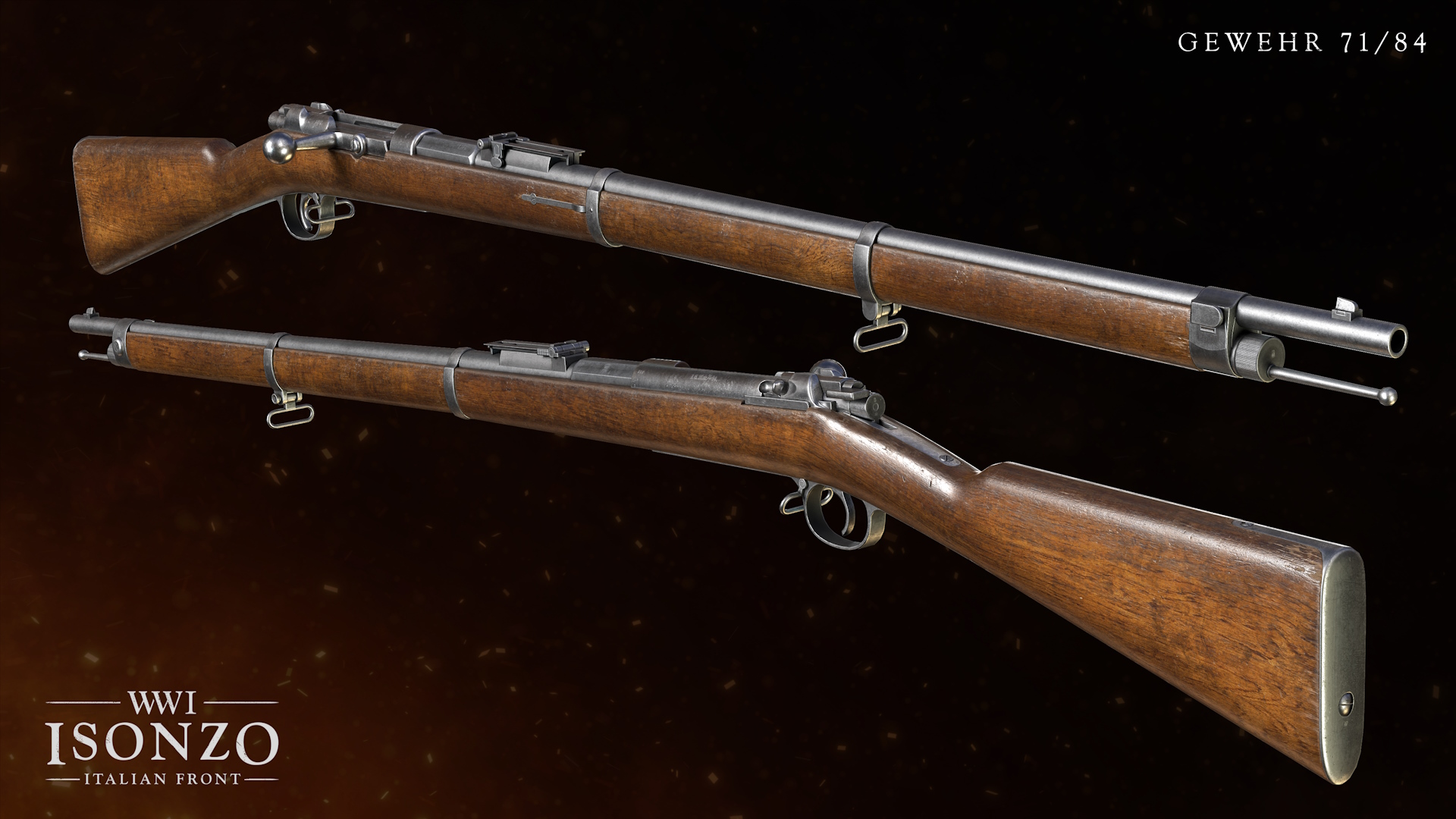
You should bear in mind that even this 1884 version is still using black powder cartridges as opposed to modern smokeless ammo. While it’ll still shoot just fine, you do leave a noticeable puff of smoke with every pull of the trigger. Not ideal if you want to play a more stealthy mountaineer role!
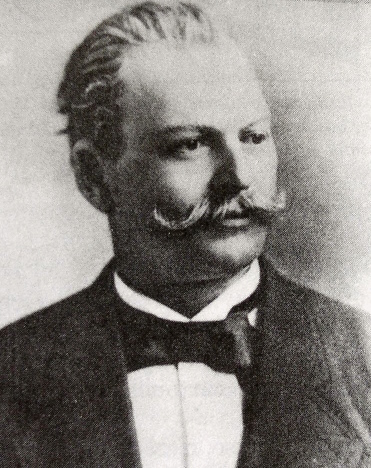
Peter Paul Mauser, who handled most of the design for their weapons while his brother Wilhelm focused on the business side of things.
Vetterli Model 1870
There are several versions of the Swiss designed Vetterli rifle in Isonzo, but this is the oldest, and like the Gewehr 71/84 above it also still fires black powder cartridges! However this Vetterli is single-shot… at the request of the Italians themselves. The version used by the Swiss army at the time of adoption had a 12 round tubular magazine, and you could have another round in the cartridge elevator.
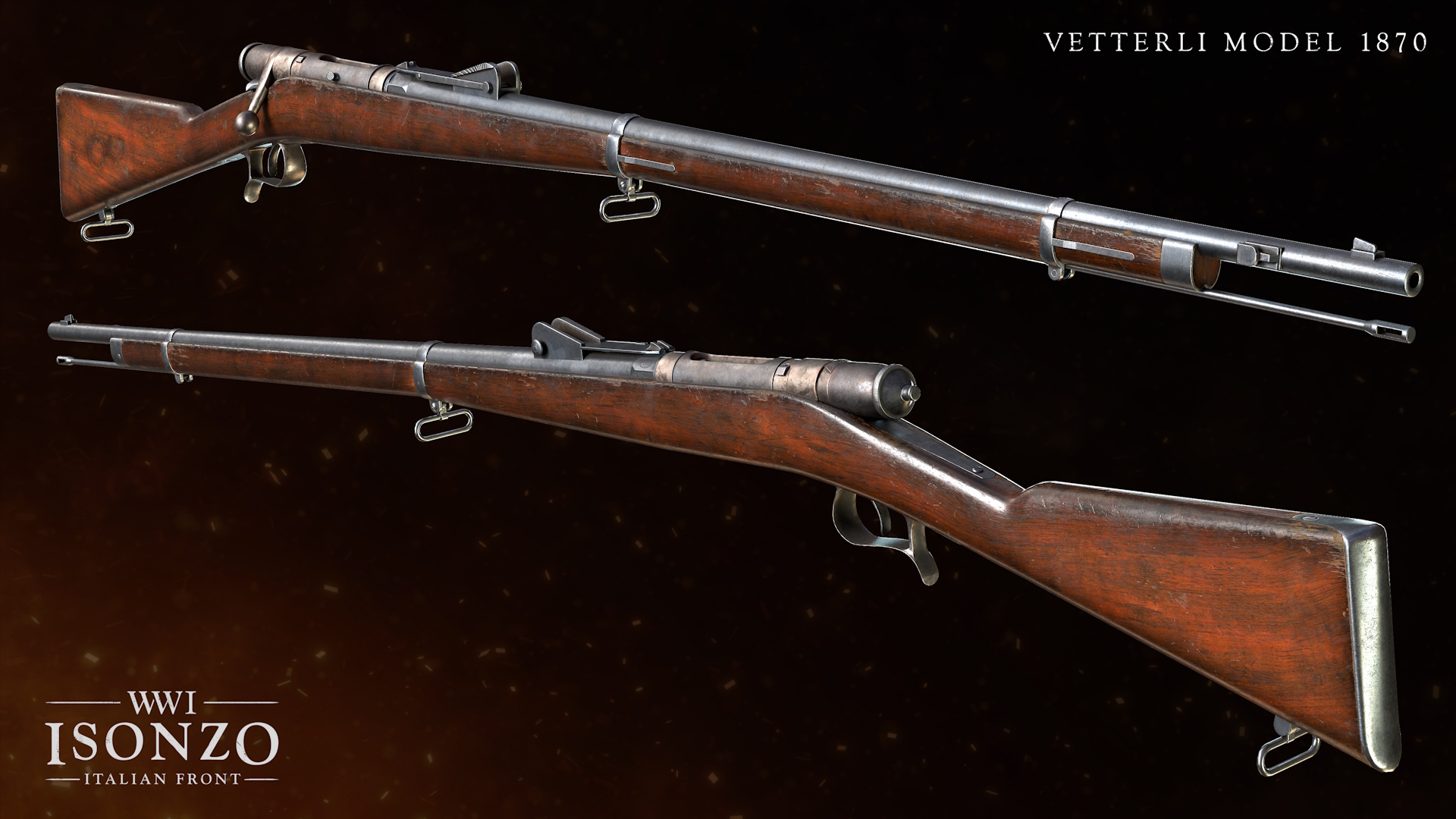
The Italians would instead take a roundabout route to magazines by using a conversion designed by Italian artillery captain G. Vitali to convert Model 1870s into M1780/87s, which had a four round box magazine. During the First World War some of these M1780/87 rifles would then be converted again into M1870/87/15s that could use the same ammunition as the standard issue Carcano rifle being used by the Italian Army at the time. They also had six round magazines instead of four. None of the Vetterli rifles (all of which are represented in Isonzo) were intended for frontline combat during World War One since they were very outdated. However, with the pressures and uncertainties of war they did end up seeing some action.
Repetier-Gewehr M.14
The most modern of these three rifles, the Repetier-Gewehr M.14 was an Austro-Hungarian made version of the Gewehr 98, which was the standard issue rifle for the German Empire during WW1… made by Mauser! This version had some minor adjustments compared to the regular Mauser, and was produced for export rather than local use.

In particular a lot of Repetier-Gewehr M.14s were used during the Mexican Revolution of 1910-1920. They were primarily used by the Mexican Federal Army (the Federales) from 1913 onwards until they were defeated and replaced by the new Constitutional Army in 1914. These rifles would have been some of the more modern weapons in use at the time, especially compared to the elderly Winchesters of 1886 and 1894 vintage that were common among the Zapatistas – just one of the many groups that fought against the government.
With the outbreak of the First World War, the Austro-Hungarian government would make use of thousands of these export model rifles, with almost 67,000 Mexican-contract rifles, 43,000 Chilean rifles, and a number of Columbian rifles seeing action in Europe.
Dress Up Warm
We’re excited to reveal a first look at the new cosmetic DLC which is on the way! Expect clothing for the worst Alpine weather conditions – as the war progressed, both sides adapted to the freezing temperatures and blinding snow with more and thicker layers. There are some very interesting uniforms and bits of facial gear coming with this one. Expect more teasers in the coming weeks.
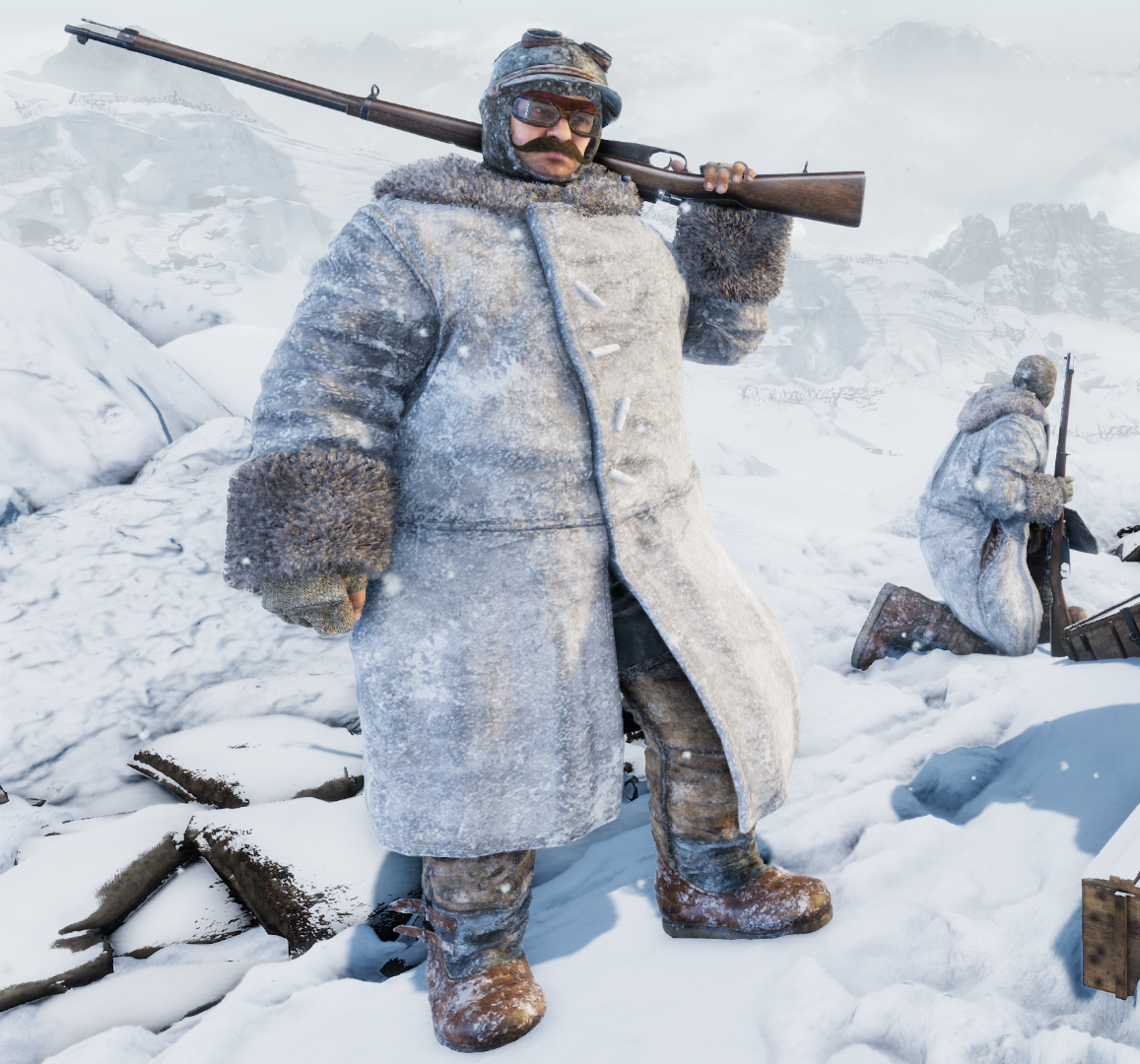
An Italian engineer - very well wrapped up!
Returning to our reference theme, it’s best to use multiple references where possible. For instance, for one of the uniforms in the upcoming new DLC, we were able to find both a photograph and an illustration. The illustration includes extra details that aren’t clear in the photograph, such as the kind of boots that might be worn along with such a warm coat.
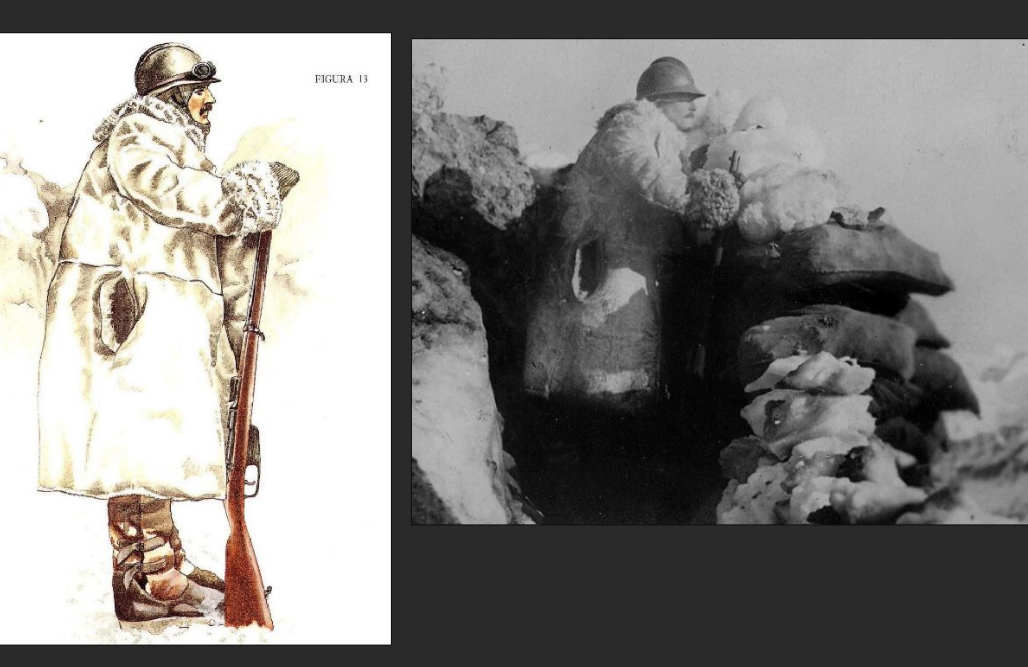
That said, it’s possible that the illustrator of the left-hand image was using this same photograph as a reference, so every reference needs to be checked individually to make sure they’re as reliable as possible. It’s possible for historical misinformation to be spread unintentionally in this way, where one person uses an inaccurate reference, and then their work serves to spread the original inaccuracy further!
Marmolada in-game and in-reference
We’ll close out today’s blog with some comparison shots from our most recent release: the Marmolada map!
